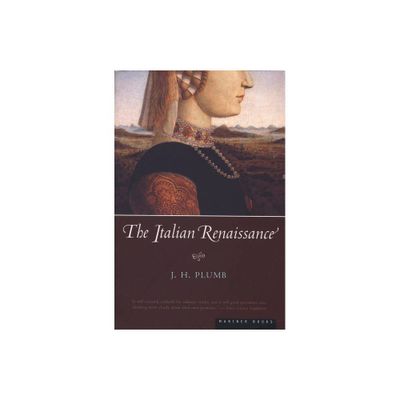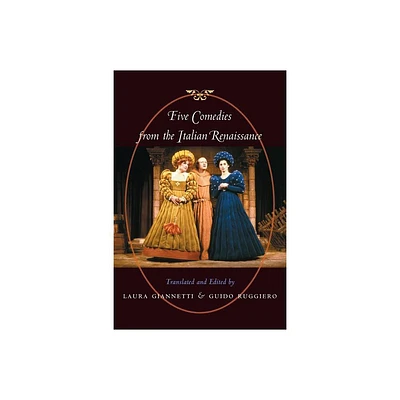Home
Italian Renaissance Tales
Loading Inventory...
Barnes and Noble
Italian Renaissance Tales
Current price: $12.95


Barnes and Noble
Italian Renaissance Tales
Current price: $12.95
Loading Inventory...
Size: Paperback
*Product Information may vary - to confirm product availability, pricing, and additional information please contact Barnes and Noble
'Thus she was decapitated, and this was the end to which she was brought by her unbridled lusts.'
For over two centuries after Boccaccio's groundbreaking
Decameron
, the Italian novella exercised a crucial influence over European prose fiction. With thirty-nine stories by nineteen authors, many translated for the first time, this anthology presents tales from the whole genre and period. Here we meet a rich cast of humble peasants and shrewd craftsmen, frustrated wives, libidinous friars, ill-fated lovers, and vengeful nobles. These works had a considerable impact in English, and the selection includes tales that have provided sources for Chaucer, Shakespeare, Webster, Marston, Dryden, Byron and Keats.
The typical
novella
is situated in a precise time and place and features people who either existed historically or are presumed to have done so. The subject-matter, whether ribald or sentimental, comic or tragic, often reflects the social and economic conditions of its age and thus the
has been seen as a crucial stage in the development of fictional realism and the emergence of the novel
For over two centuries after Boccaccio's groundbreaking
Decameron
, the Italian novella exercised a crucial influence over European prose fiction. With thirty-nine stories by nineteen authors, many translated for the first time, this anthology presents tales from the whole genre and period. Here we meet a rich cast of humble peasants and shrewd craftsmen, frustrated wives, libidinous friars, ill-fated lovers, and vengeful nobles. These works had a considerable impact in English, and the selection includes tales that have provided sources for Chaucer, Shakespeare, Webster, Marston, Dryden, Byron and Keats.
The typical
novella
is situated in a precise time and place and features people who either existed historically or are presumed to have done so. The subject-matter, whether ribald or sentimental, comic or tragic, often reflects the social and economic conditions of its age and thus the
has been seen as a crucial stage in the development of fictional realism and the emergence of the novel


















